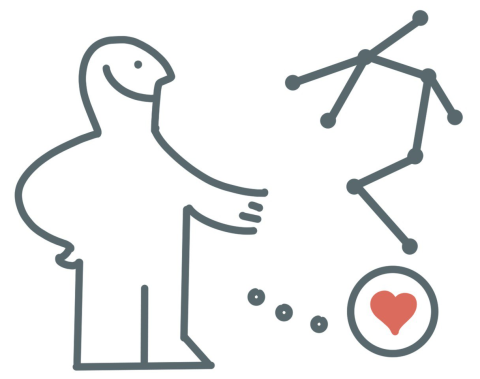Speaker: Daniel Pahr
Abstract:
Physicalizations, which combine perceptual and sensorimotor interactions, offer an immersive way to comprehend complex data
visualizations by stimulating active construction and manipulation. This study investigates the impact of personal construction
on the comprehension of physicalized networks. We propose a physicalization toolkit—NODKANT—for constructing modular
node-link diagrams consisting of a magnetic surface, 3D printable and stackable node labels, and edges of adjustable length. In
a mixed-methods between-subject lab study with 27 participants, three groups of people used NODKANT to complete a series
of low-level analysis tasks in the context of an animal contact network. The first group was tasked with freely constructing their
network using a sorted edge list, the second group received step-by-step instructions to create a predefined layout, and the third
group received a pre-constructed representation. While free construction proved on average more time-consuming, we show that
users extract more insights from the data during construction and interact with their representation more frequently, compared to
those presented with step-by-step instructions. Interestingly, the increased time demand cannot be measured in users’ subjective
task load. Finally, our findings indicate that participants who constructed their own representations were able to recall more
detailed insights after a period of 10–14 days compared to those who were given a pre-constructed network physicalization. All
materials, data, code for generating instructions, and 3D printable meshes are available on https://osf.io/tk3g5/.
